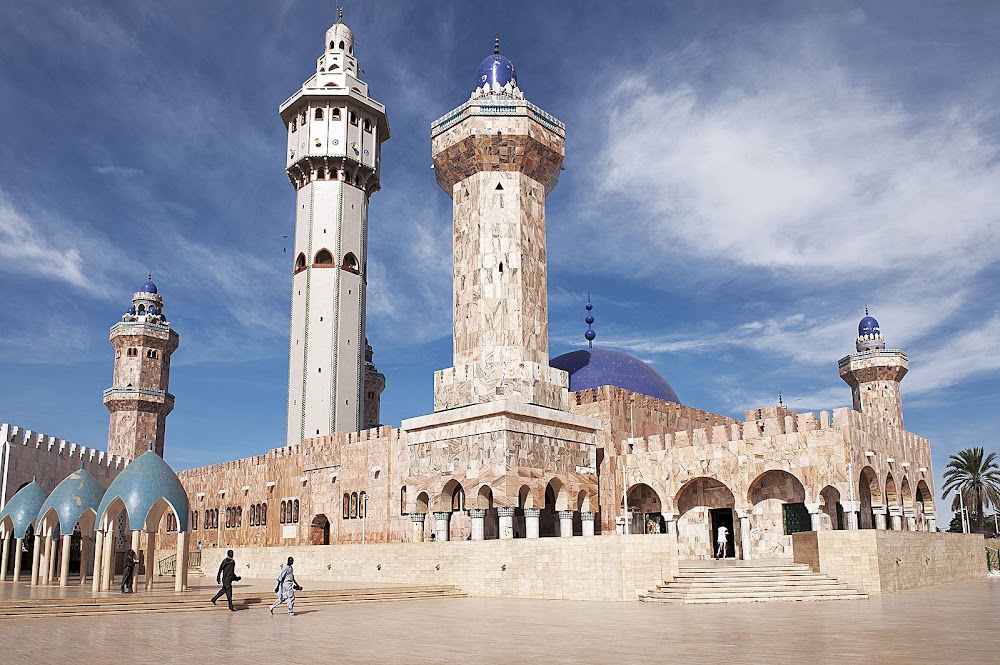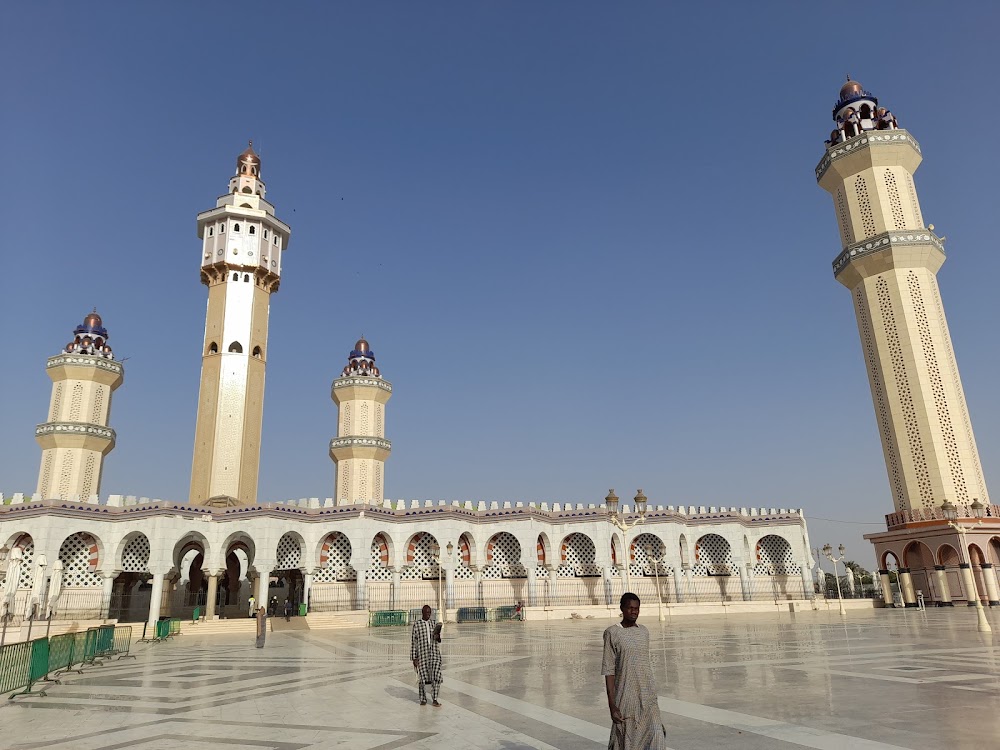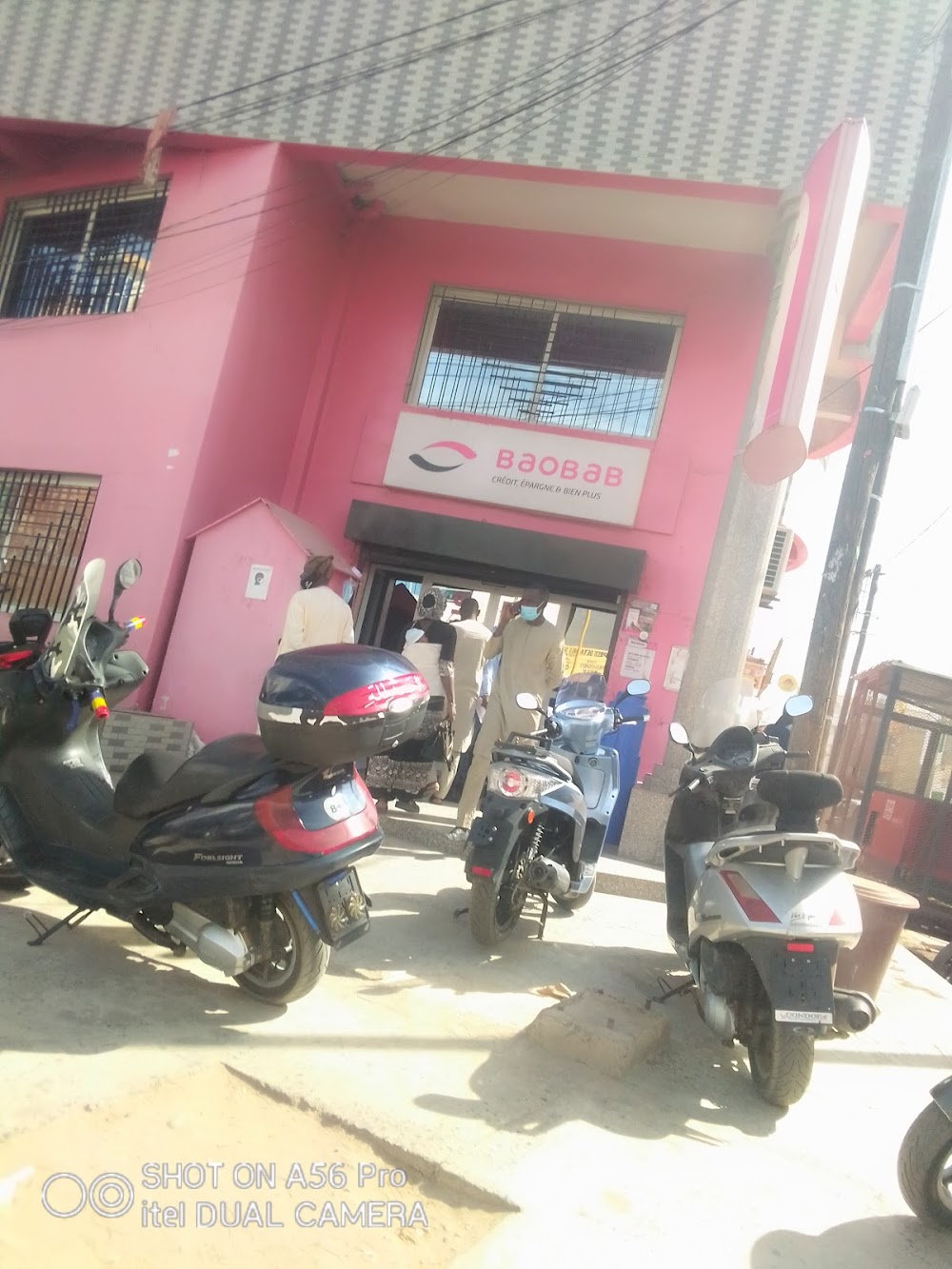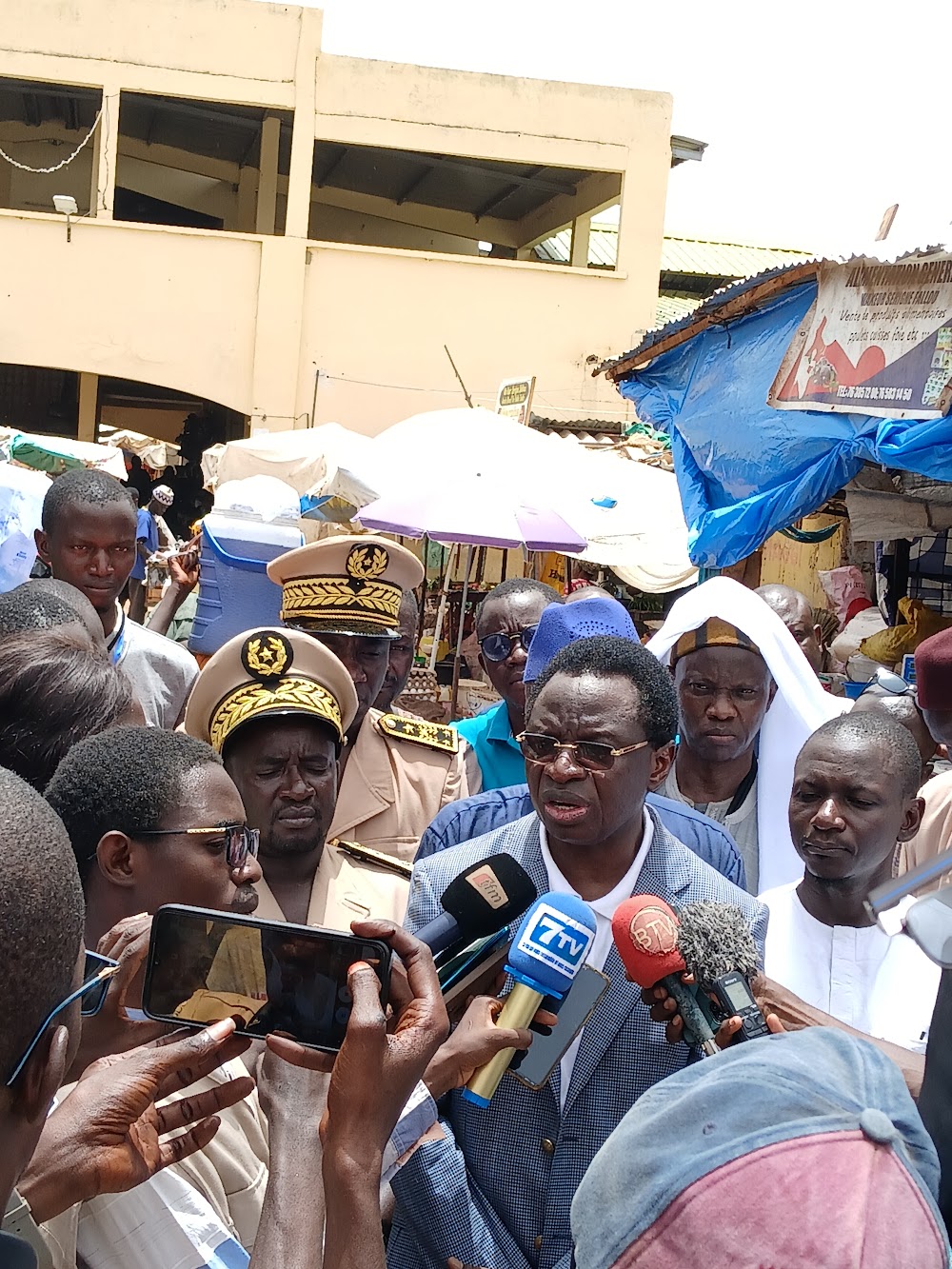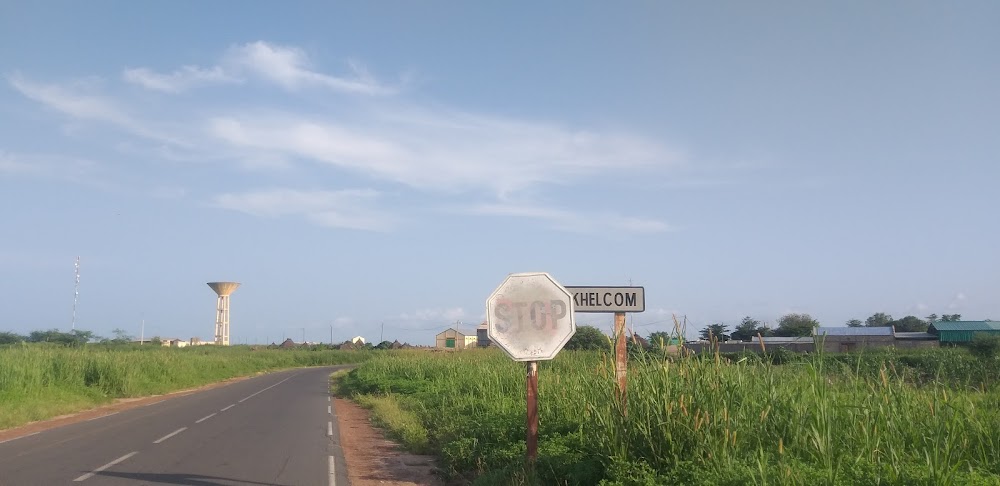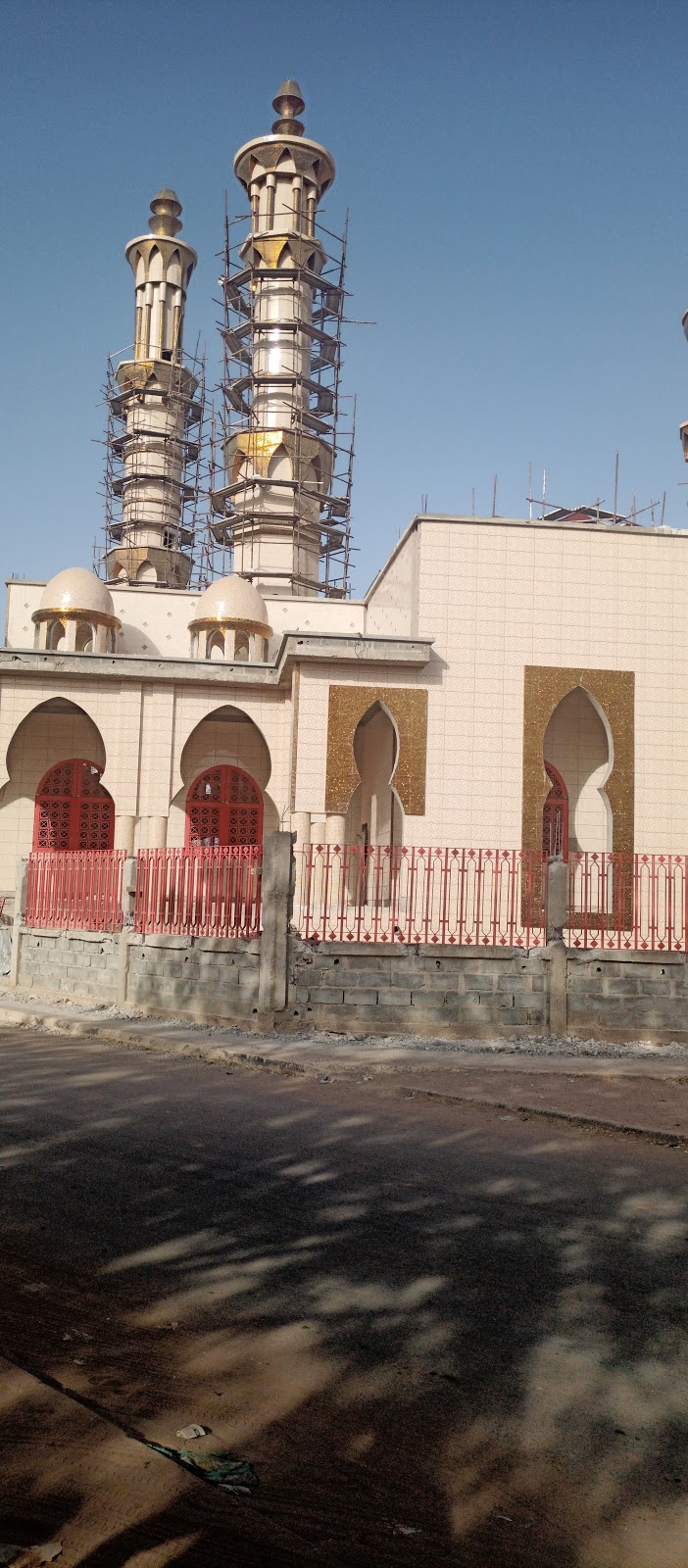Touba Grand Mosque (Grande Mosquée de Touba)
Overview
The Great Mosque of Touba, situated in the Diourbel Region of Senegal, stands as one of the largest and most significant mosques in West Africa. This architectural masterpiece is not only a stunning visual spectacle but also serves as a vital spiritual center for the Muridiyya, a Sufi order founded by the revered Cheikh Ahmadou Bamba.
The vision for this magnificent mosque began with Cheikh Ahmadou Bamba himself, who sought to create a grand place of worship that would serve as the spiritual heart for his followers. Following his passing in 1927, it was his devoted disciples who took on the monumental task of realizing this dream, ensuring that his legacy would endure.
Construction of the Great Mosque officially commenced in 1932, with Bamba’s disciples, particularly his sons, playing a pivotal role in mobilizing resources from the Murid community. Remarkably, much of the labor was carried out by enthusiastic volunteers, fueled by their unwavering faith and sense of duty. These devoted followers participated in a spirit of service known as tarbiya, often working tirelessly without any monetary compensation.
The mosque showcases a unique blend of traditional Islamic architecture and local Senegalese styles. Its stunning features include towering minarets, expansive domes, and intricate decorations. Five majestic minarets symbolize the pillars of Islam, with the tallest reaching an impressive height of 87 meters, aptly named "Lamp Fall" in honor of Ibrahima Fall—one of Bamba’s most devoted disciples.
Inside, the mosque is just as breathtaking as its exterior. Expansive prayer halls are adorned with exquisite mosaics and calligraphy that reflect verses from the Quran. These artistic elements, crafted by skilled artisans from Senegal and beyond, illustrate a beautiful fusion of diverse artistic influences, enriching the spiritual ambiance of the space.
Over the years, the Great Mosque has undergone several renovations and expansions to accommodate the ever-growing number of worshippers and pilgrims. A significant renovation took place in the 1960s under Sheikh Abdou Lahat Mbacké, a successor of Ahmadou Bamba. This expansion included additional prayer spaces and enhancements to the mosque's infrastructure, ensuring its ability to host the large influx of pilgrims, especially during the Grand Magal of Touba—a major religious festival celebrating Bamba’s return from exile.
Beyond daily prayers, the Great Mosque of Touba serves as a prominent pilgrimage site. The Grand Magal of Touba draws millions of followers from Senegal and around the globe, solidifying the mosque’s role as a vital hub for the Murid community and underscoring its enduring spiritual significance.
In addition to its religious functions, the Great Mosque of Touba is a center for education and learning. The complex includes Qur'anic schools, libraries, and facilities dedicated to the dissemination of Islamic teachings. These educational initiatives highlight the mosque’s mission to be a beacon of knowledge and spiritual growth in the region.
The mosque’s construction and ongoing development epitomize the spirit of communal effort and faith within the Muridiyya order. It stands as a powerful testament to the lasting legacy of Cheikh Ahmadou Bamba and his vision for a community rooted in devotion, service, and education.
Ultimately, the Great Mosque of Touba is more than just an architectural wonder; it is a living symbol of faith, devotion, and community for millions of followers around the world.


